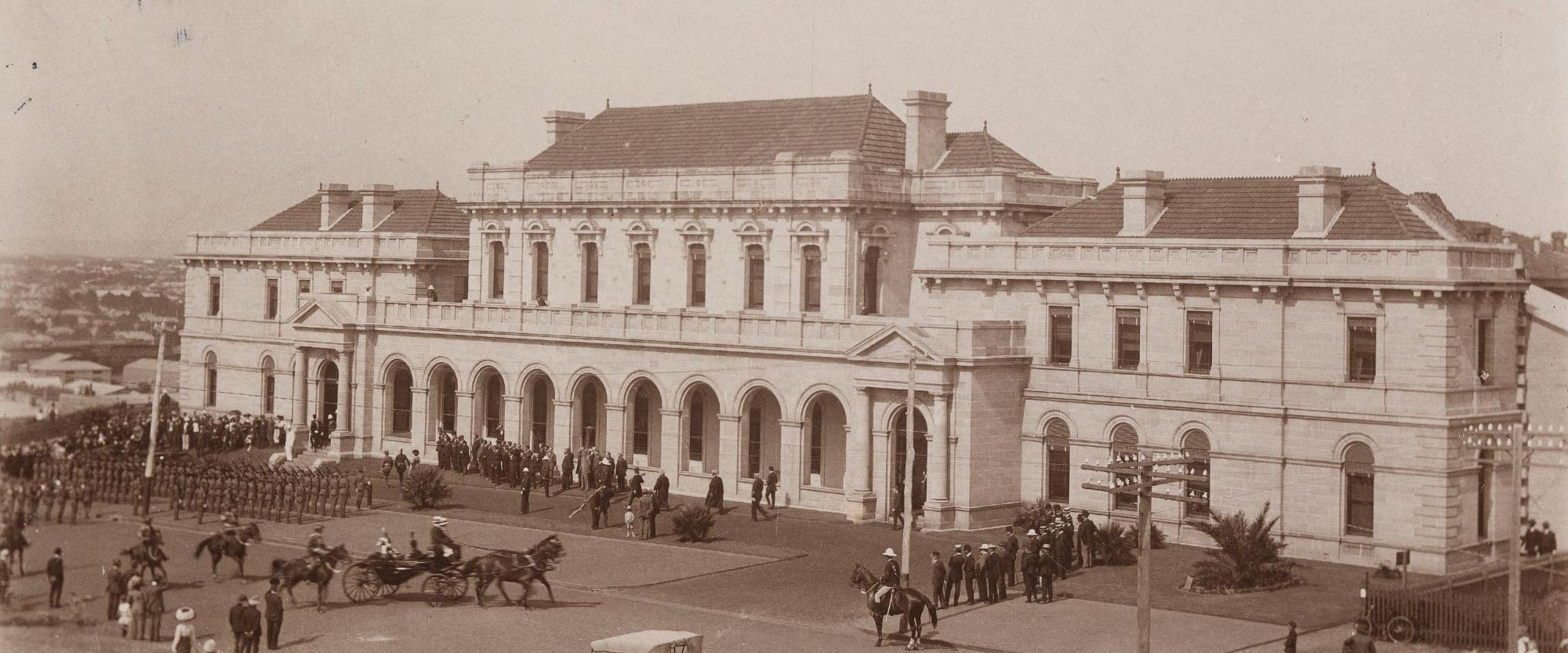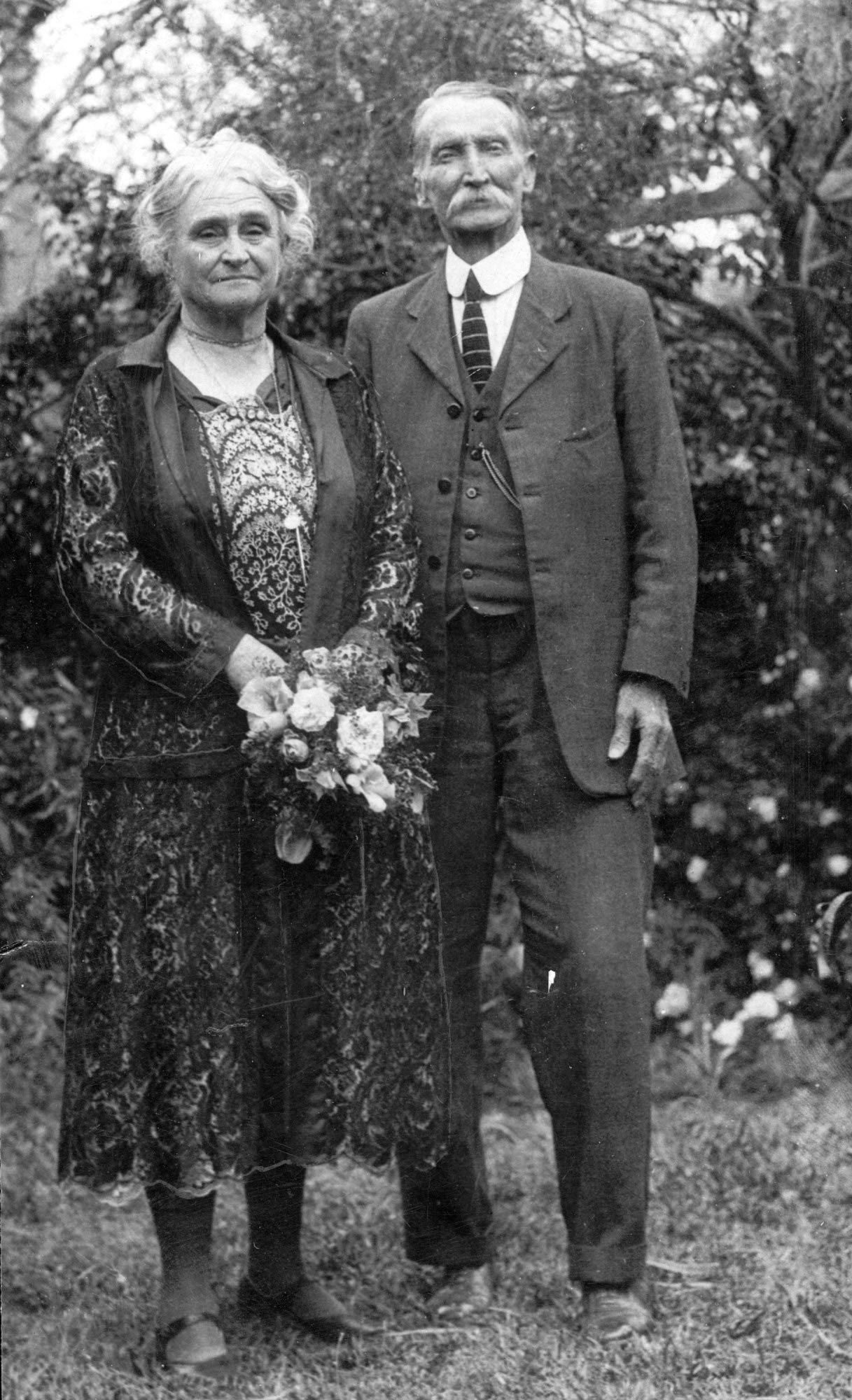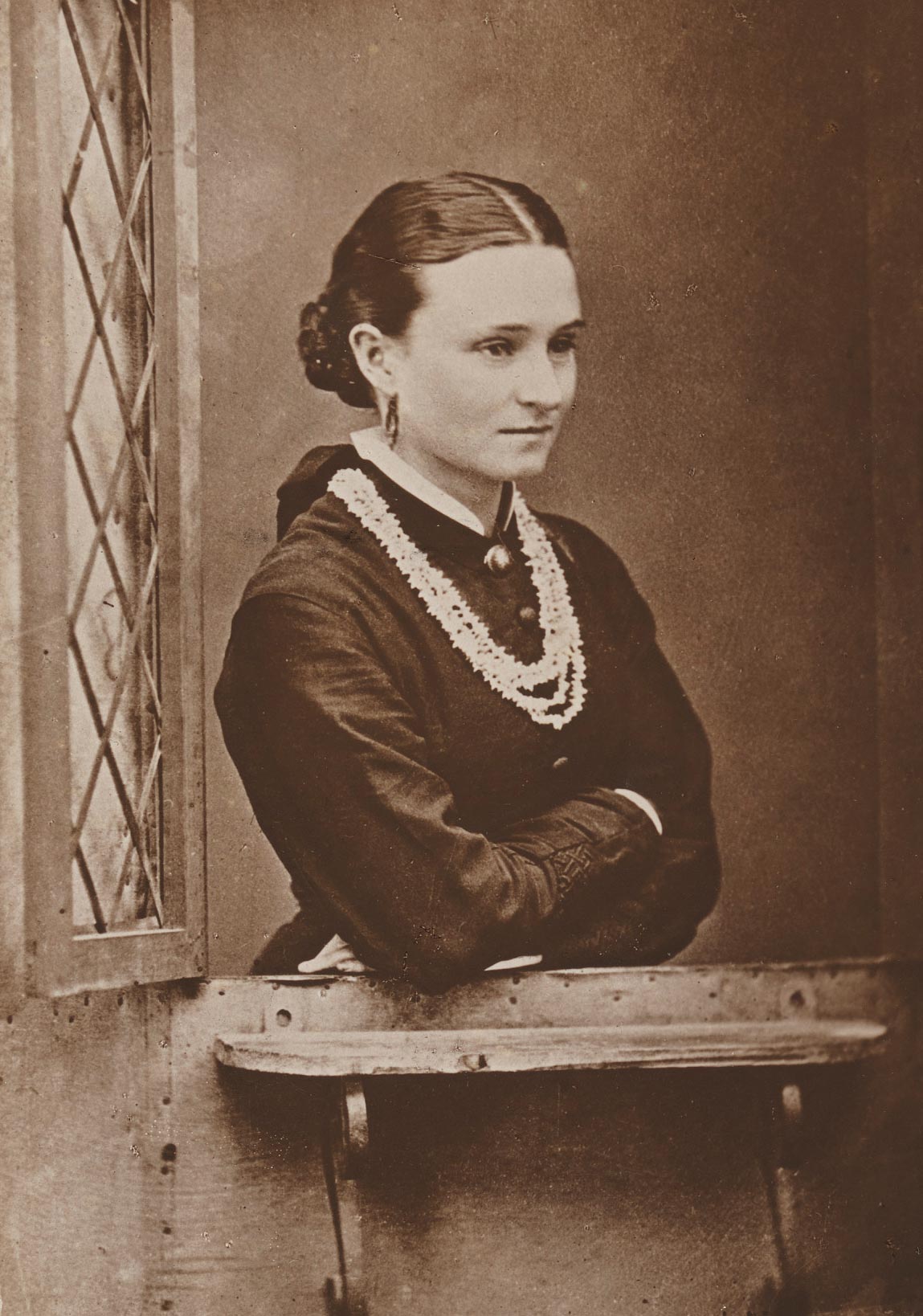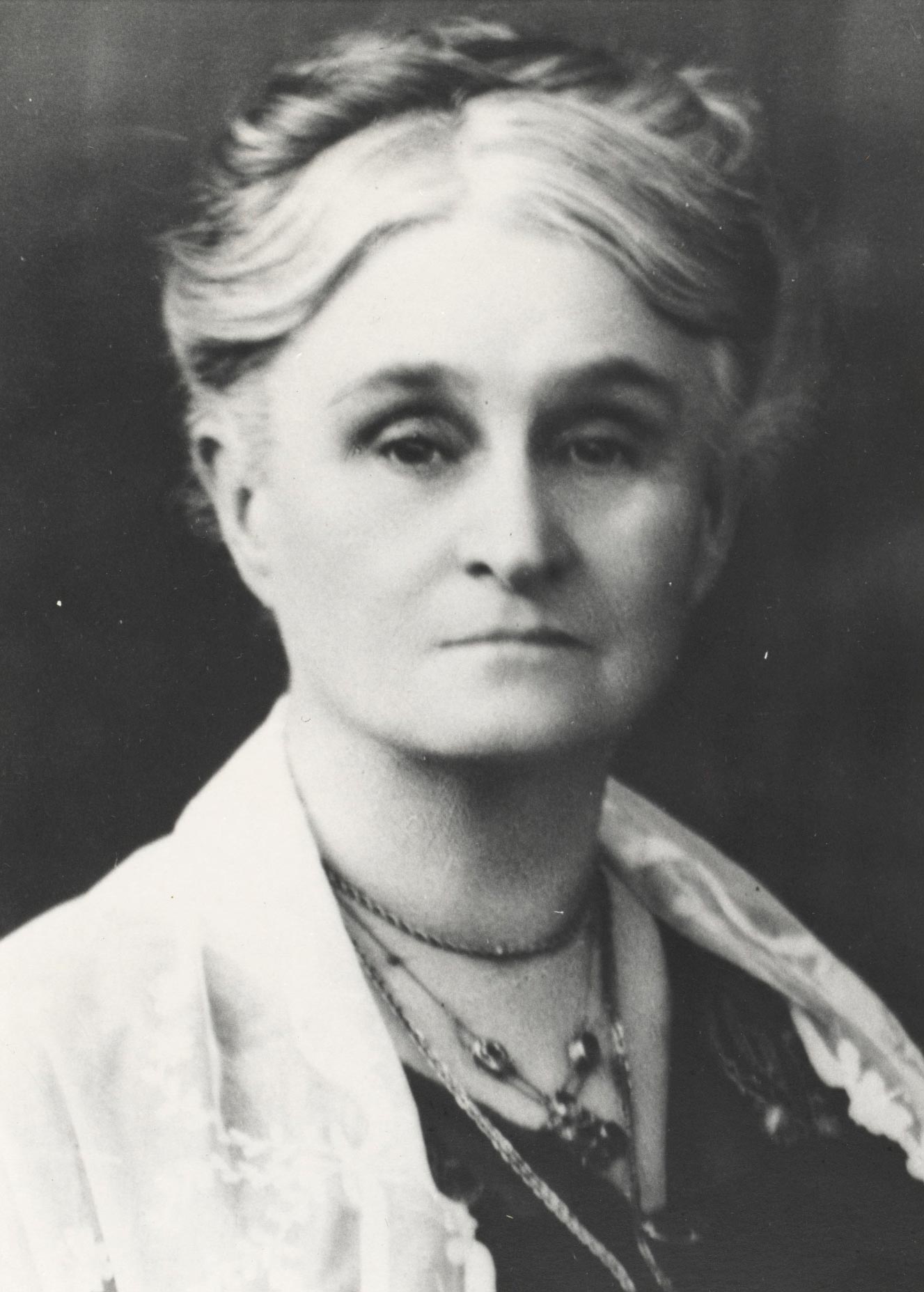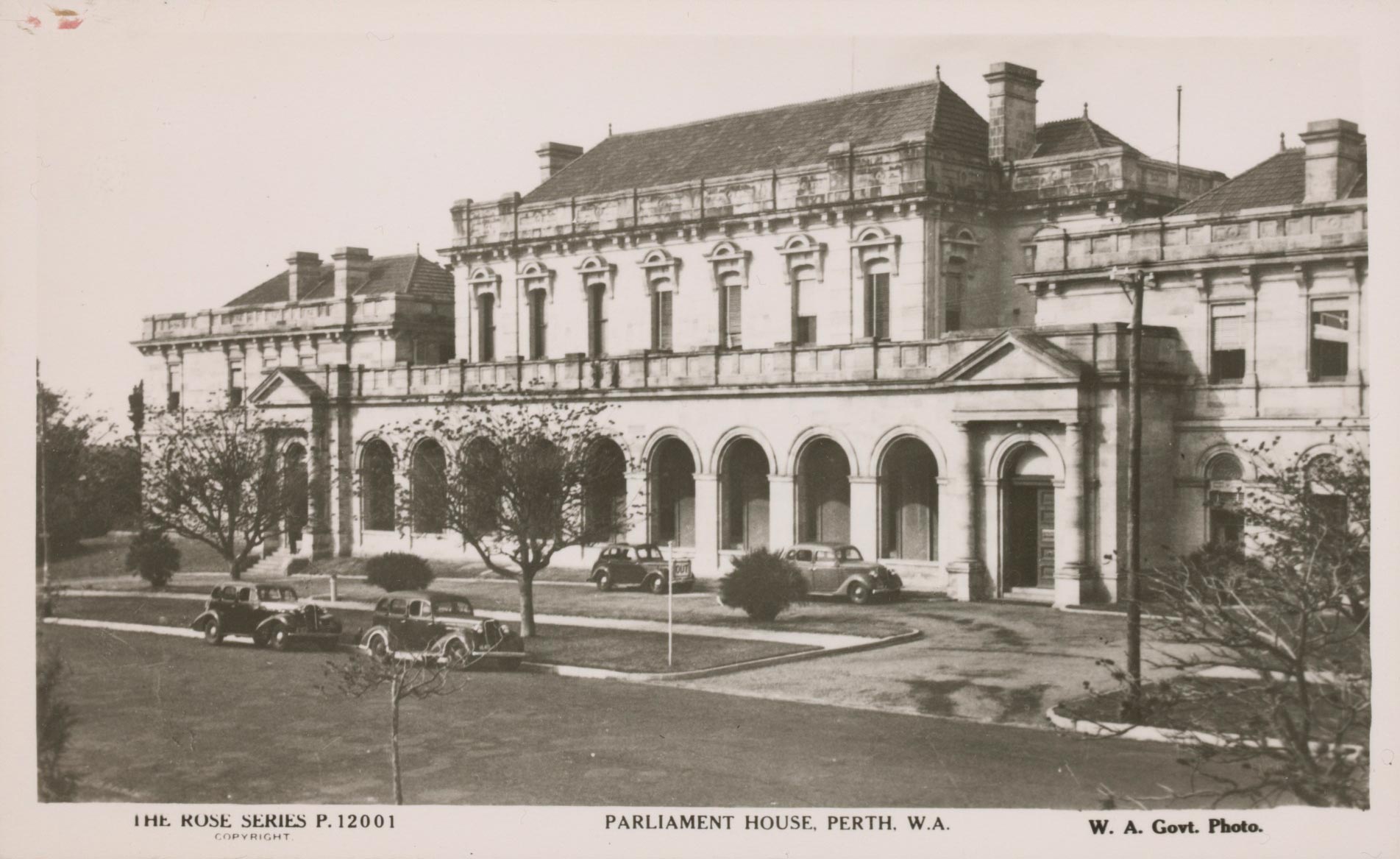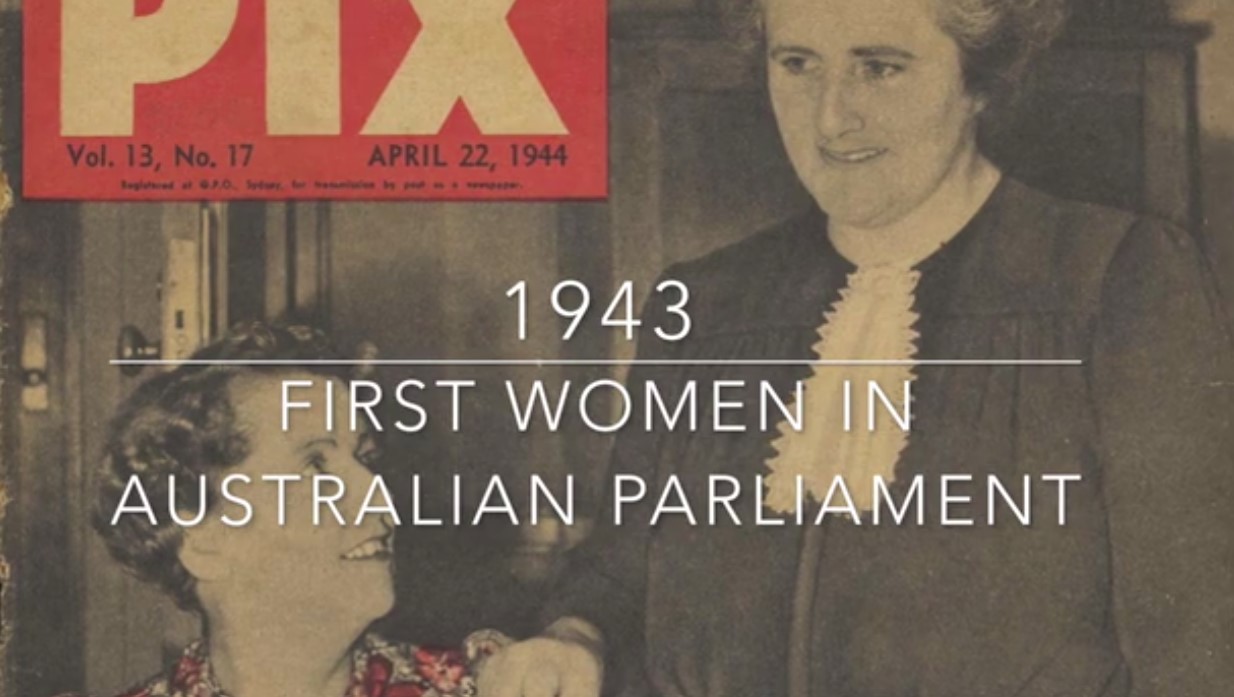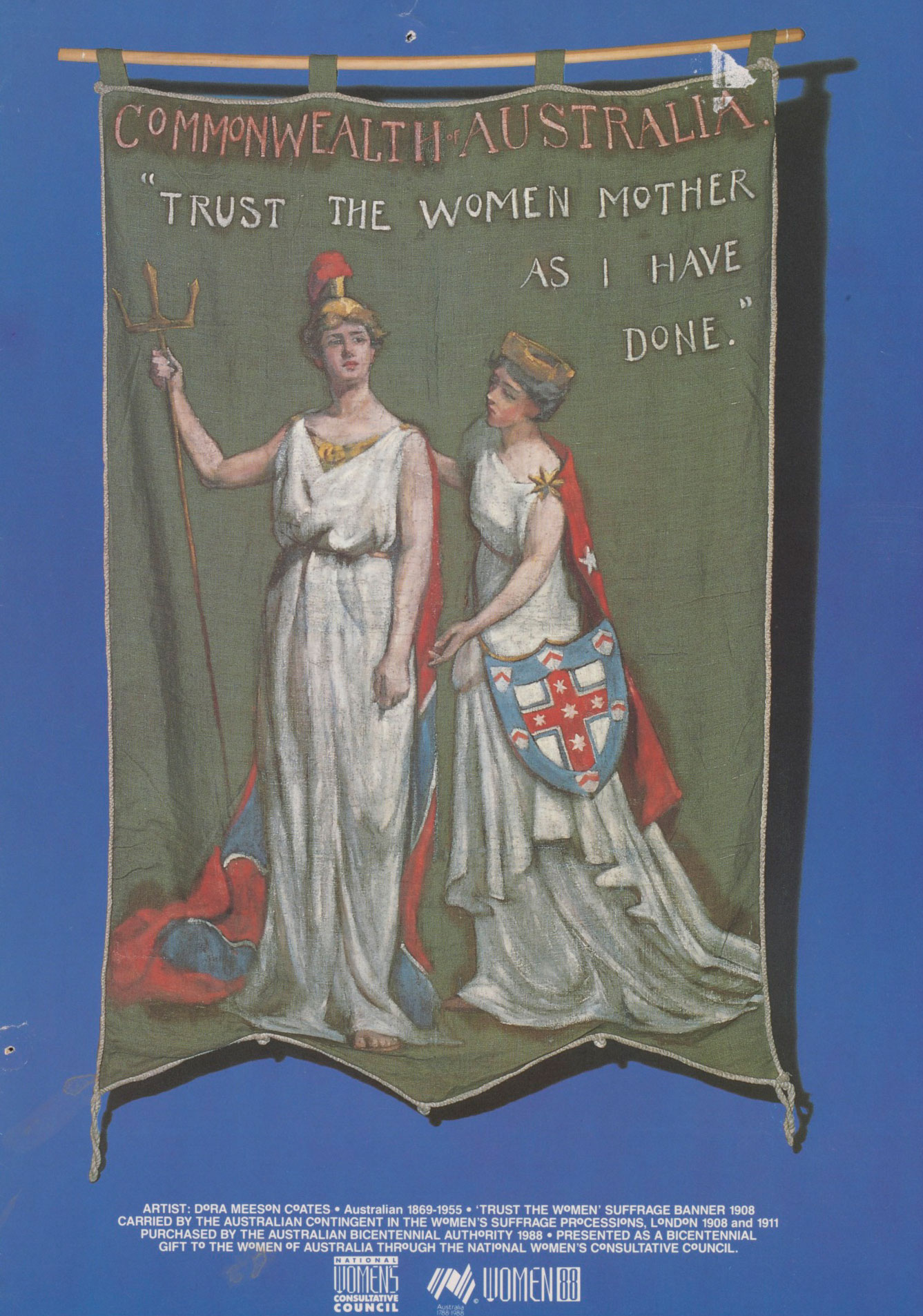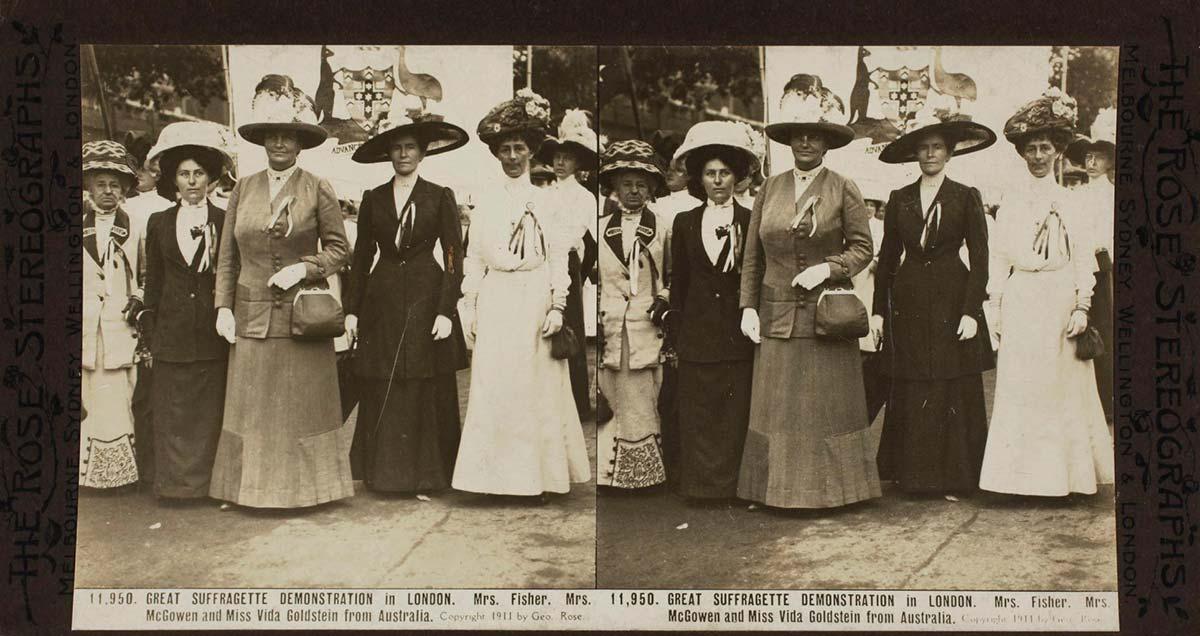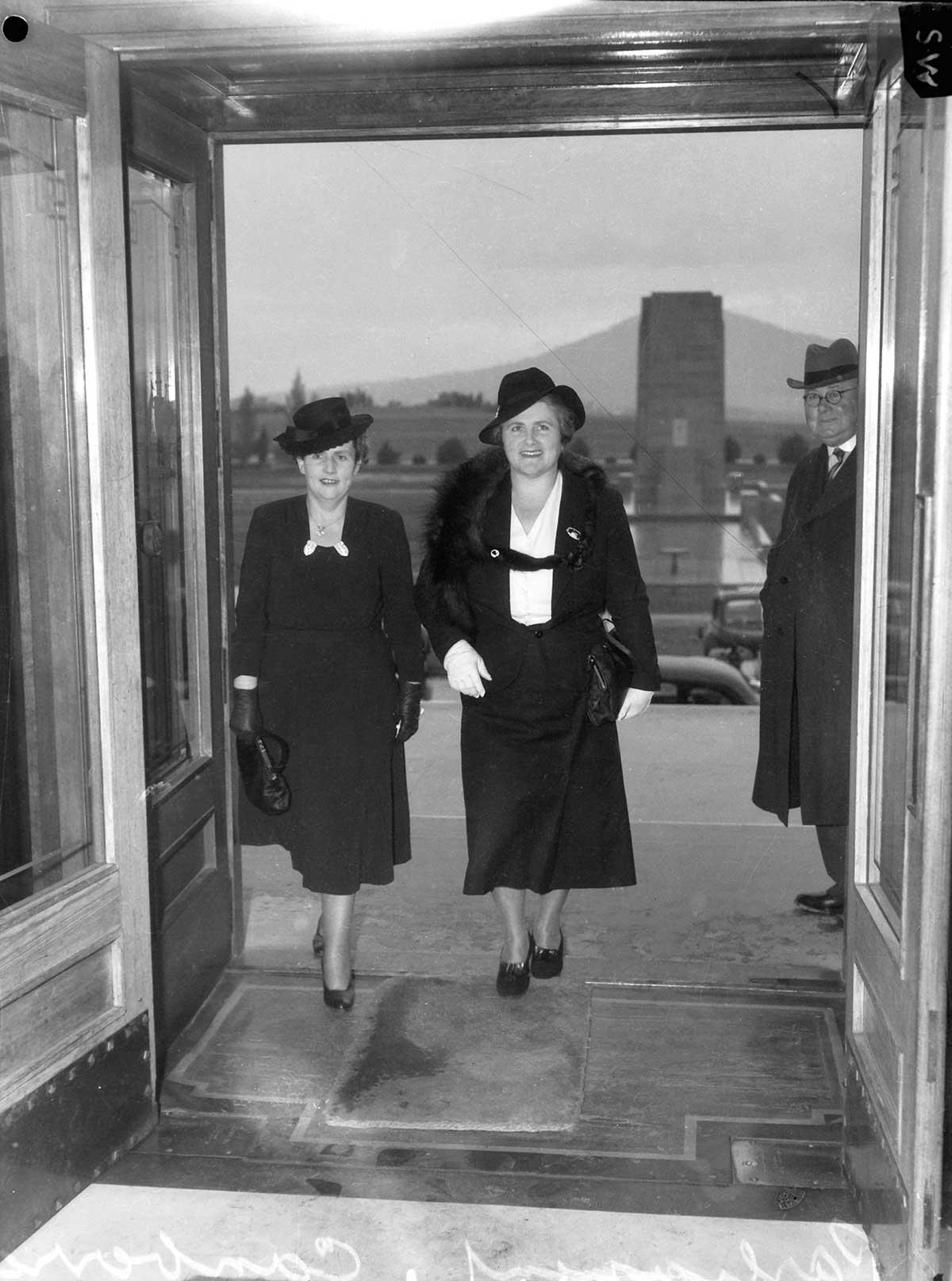Political pioneer
1921: Edith Cowan elected to parliament
Political pioneer
1921: Edith Cowan elected to parliament
In a snapshot
Edith Cowan was the first woman elected to an Australian parliament. On 12 March 1921 she won the seat of West Perth, becoming a member of the Western Australian Legislative Assembly. She won her seat because of her work to improve the lives of women, children and people in need. In Parliament she continued her work in these areas, fighting for votes for women, better education and better access to healthcare. Her election marked a milestone in women’s political representation in Australia. Although she only held her seat for 3 years, Cowan was a strong and effective member of parliament.

 Can you find out?
Can you find out?
1. What did Edith Cowan first begin to fight for in the 1890s?
2. What evidence is there that some men disagreed with women becoming members of parliament?
3. What Bills did Edith Cowan introduce? Why were they important?
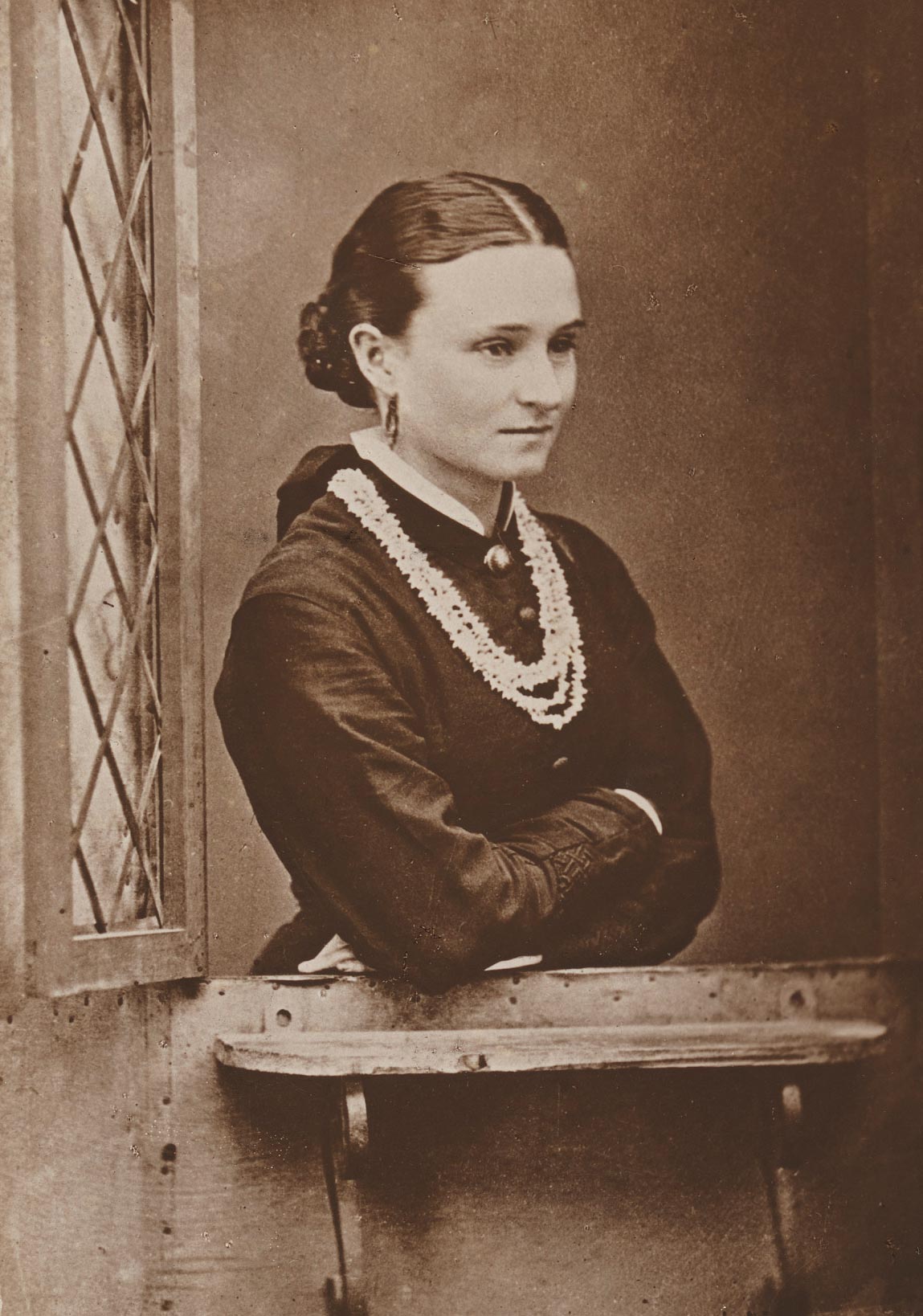
Who was Edith Cowan?
Edith Brown was born in 1861 on a sheep station near Geraldton in Western Australia. When Edith was seven years old, her mother died. Soon after, Edith’s father sent her to a boarding school in Perth. In 1876 Edith’s father shot and killed his second wife and was executed for the crime.
When she was 18 years old, Edith married James Cowan and became Edith Cowan. James Cowan worked for the Western Australian Government and later became a magistrate. James and Edith moved to the suburb of West Perth and had four daughters and a son.
In the 1890s Edith Cowan began to campaign for the rights of women and children. She fought for female suffrage, better education for women and better access to healthcare for women and children. She also fought against domestic violence and drunkenness. Cowan’s social work was officially recognised in 1920 when she was made an Officer of the Order of the British Empire.
How did Cowan win a seat in parliament?
Women won the right to vote in Western Australia in 1899. But they were not given the right to stand for election in parliament until 1920. Neither right was available to Aboriginal women in Western Australia; they were not granted the right to vote until 1962.
In 1921 Cowan stood for election in the Western Australian Legislative Assembly (the lower house of parliament). She represented the Nationalist Party in the seat of West Perth. She was one of four women who ran in the 1921 election. All four were verbally abused by those who believed that women did not belong in politics.
On 12 March 1921 Cowan won the seat of West Perth by only 46 votes. She was the first woman in Australia to be elected to a parliament and the second in the British Empire.
Research task
When were the first women elected to Australia’s Commonwealth Parliament? Who were they? Hint: you can find this out by looking at another Defining Moment.
1943 ‘A turning point in history’ – First women in Federal Parliament
‘Many people think … that it was not the wisest thing to do to send a women into Parliament … [yet] the views of both sides [men and women] are more than ever needed in Parliament today.’
What was it like to be a woman in parliament?
When a new member of parliament is elected they are given the opportunity to make their first speech without being interrupted. When Cowan was elected this didn’t happen. Many members of parliament called out and interrupted her. In her speech Cowan argued that it was important to introduce a women’s perspective into the parliament.
Cowan introduced two important Bills during her three year term in parliament. Both of these Bills were passed by the parliament and helped to improve women’s rights. The first Bill gave all women in Western Australia the right to enter professional work. The second Bill gave women the right to inherit money if their children died.
In 1924 Cowan stood for election with the Nationalist Party for a second time, but lost her seat. In 1927 she stood for election, this time as a representative of the Women’s Electoral League, but lost again.
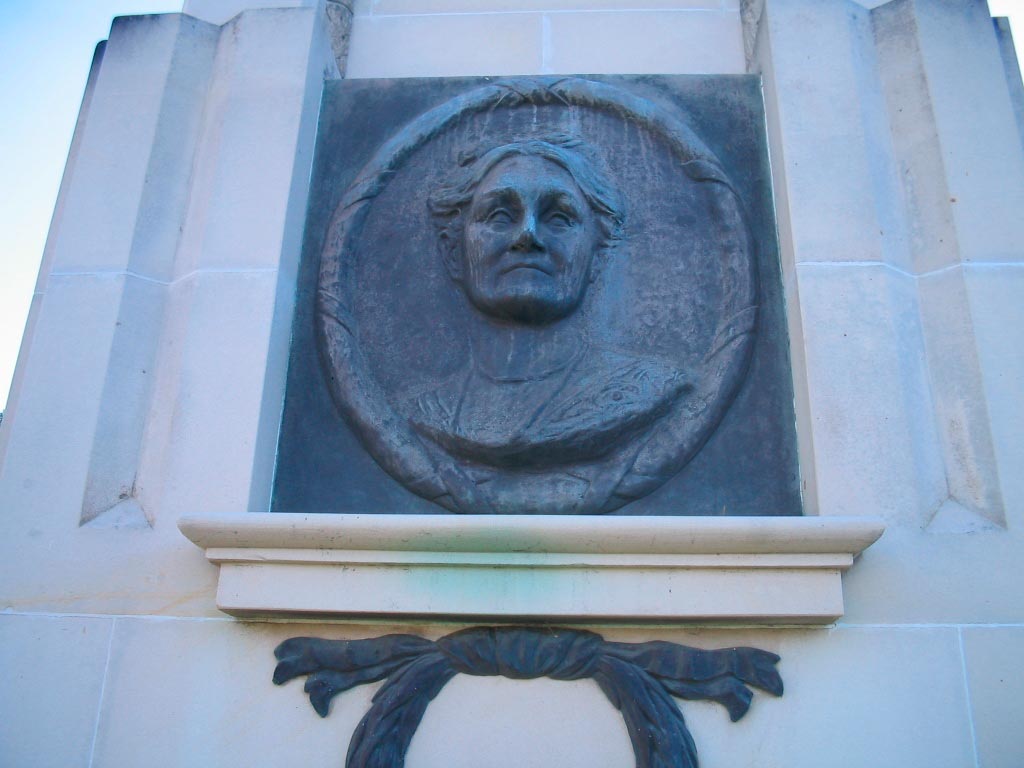
What was Cowan’s legacy?
Only three other women were elected to the Western Australian Parliament before 1970. But Cowan’s election probably helped to make it easier for women in other states to enter politics.
Cowan died in 1932 at the age of 70. In 1990 Edith Cowan University was named after her. In 1995 a portrait of Cowan was included on the Australian 50 dollar note.
Read a longer version of this Defining Moment on the National Museum of Australia’s website.
Research task
Do some research to find out when the first women were elected to parliaments in each of Australia’s states and territories.
 What did you learn?
What did you learn?
1. What did Edith Cowan first begin to fight for in the 1890s?
2. What evidence is there that some men disagreed with women becoming members of parliament?
3. What Bills did Edith Cowan introduce? Why were they important?






